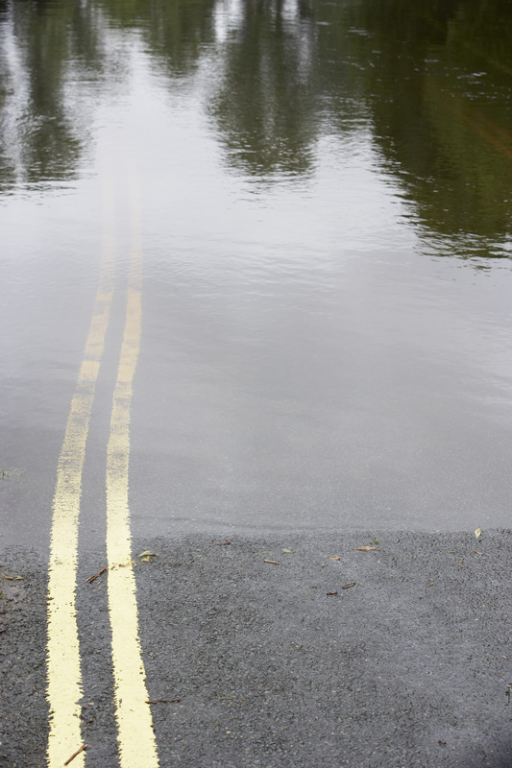The main causes or categories of flooding are, ravine, coastal & urban, areal and catastrophic.
These categories are based on the factors that trigger the flooding such as the source of the floodwater.
Areal flooding can occur in any mountainous area where heavy rainfall combined with excessive spring snowmelt overflow flood plains or saturated soil areas. This type of flooding wreaked havoc in Calgary in 2013 leaving water as high as row 10 in the downtown Calgary Flames Saddle Dome.
Ravine flooding generally occurs with excessive seasonal rainfall. The end result is the overflowing of riverbanks or the rise in lake levels at the ravine or river mouth. An example of this type of flooding caused extensive damage in the last couple of years in the Okanagan water systems of British Columbia, impacting the cities of Kelowna & Penticton.
Urban flooding can be caused by any number of high water events. Rainfall, snowmelt, flash flooding along with aging drainage systems can cause water levels to rise up through sewers, floors, manholes, even toilets making homes and large stagnant areas caustic and unhygienic.
Catastrophic flooding has many causes. Earthquakes, Landslides even volcanic eruption can change ocean levels and change water channels to new positions.
Failing infrastructure like a collapse of a dam or levy like in New Orleans during hurricane Katrina.
Tsunamis are also an example of catastrophic flooding effecting huge coastal areas like Japan in 2011.
Many of these types of flooding can be mitigated with the use of Tiger Dams™. Tiger Dam™ is completely reusable, and is the ONLY system patented to connect together to create an impervious barrier for miles, in any shape (circles, 90 degrees turns etc.) and is the ONLY system that is stackable, from 19 inches to 32 ft. in height.
For more information on Tiger Dams™ visit www.usfloodcontrol.com

